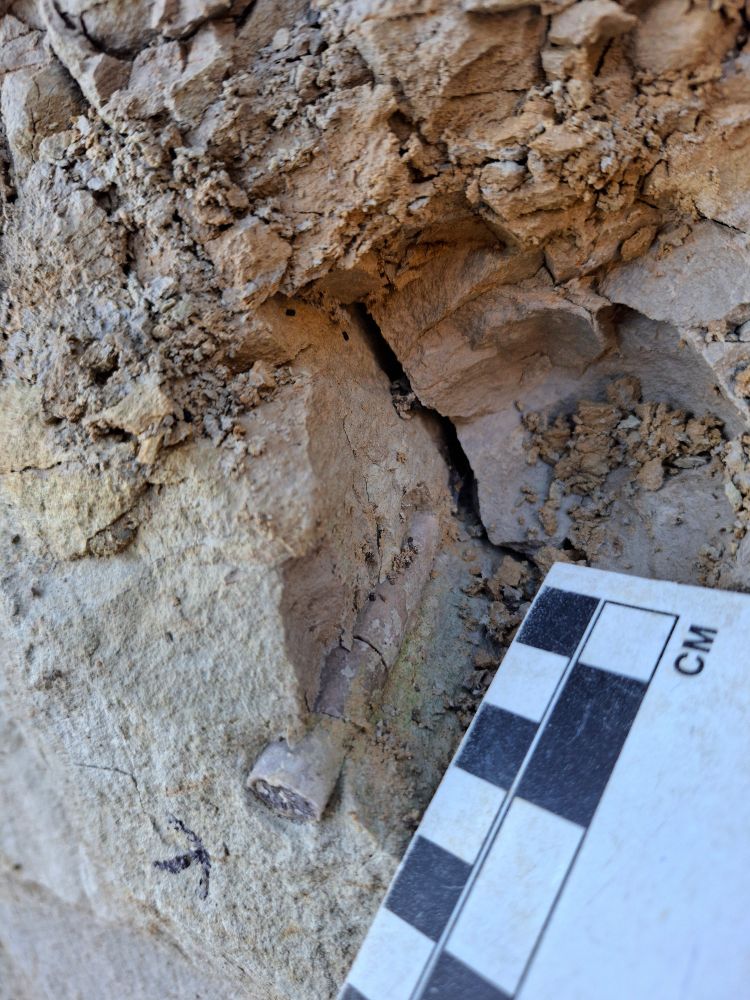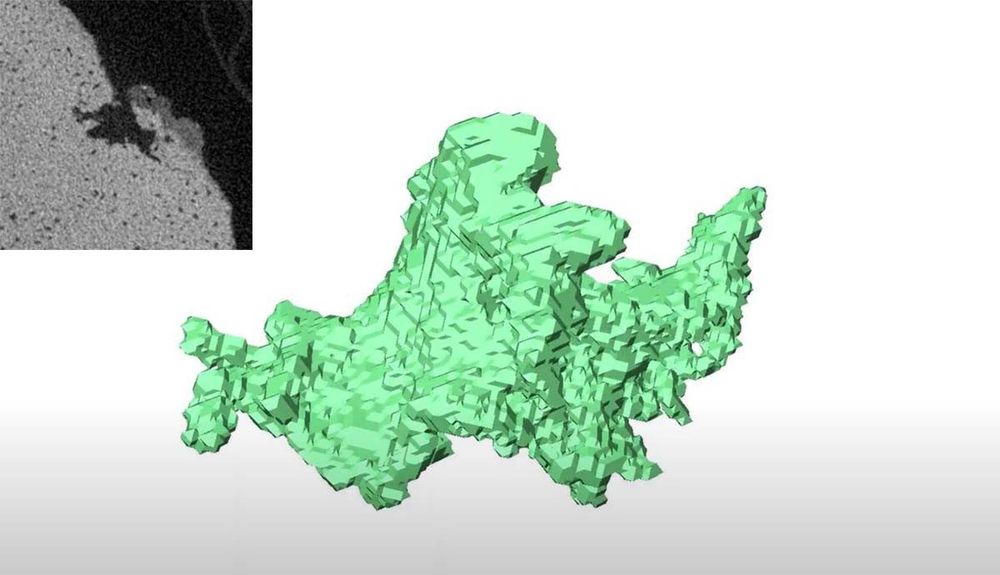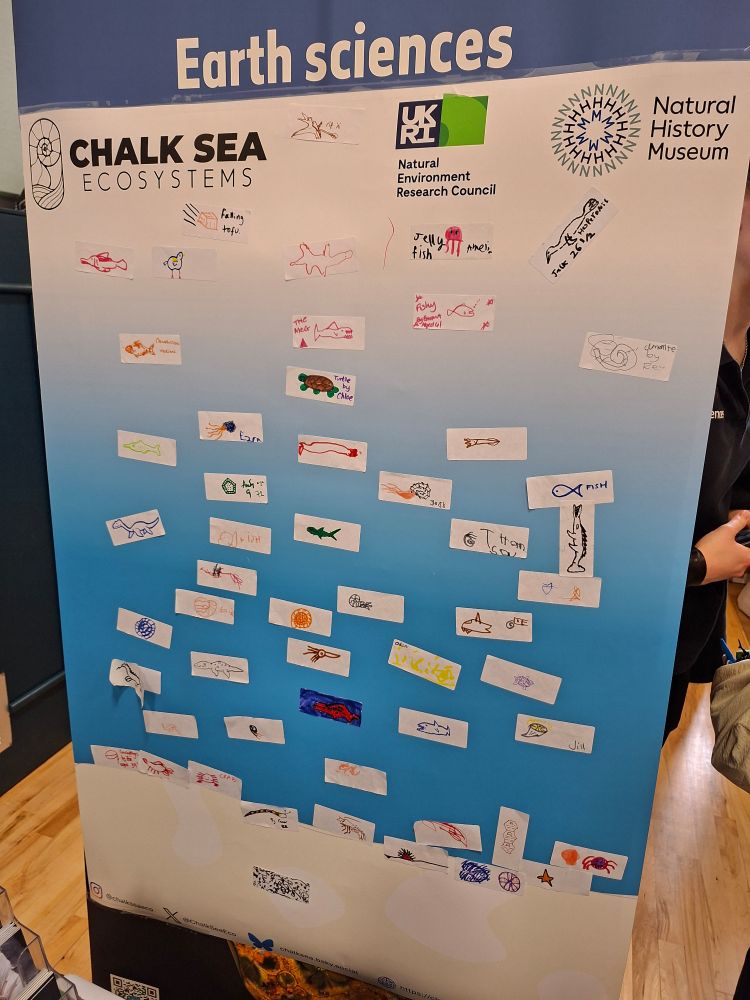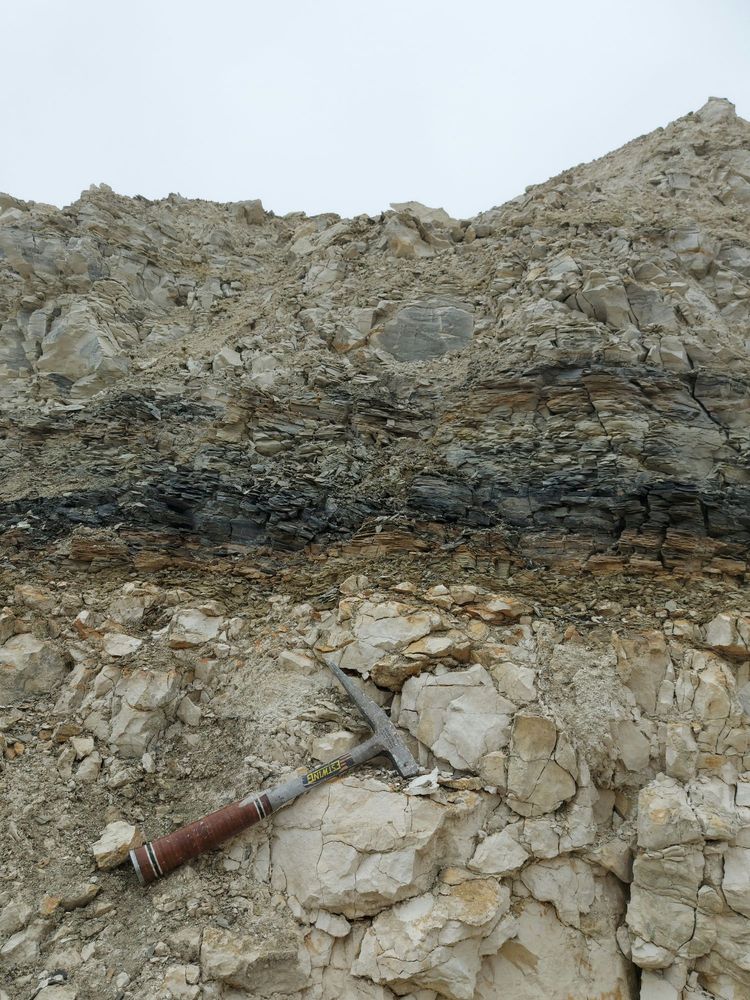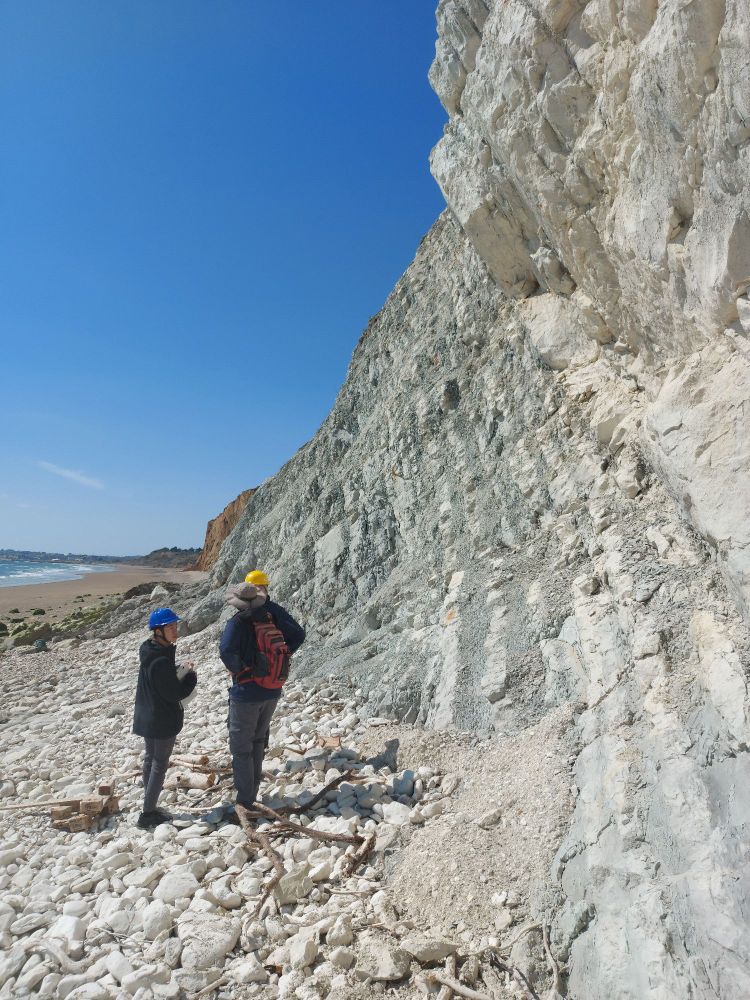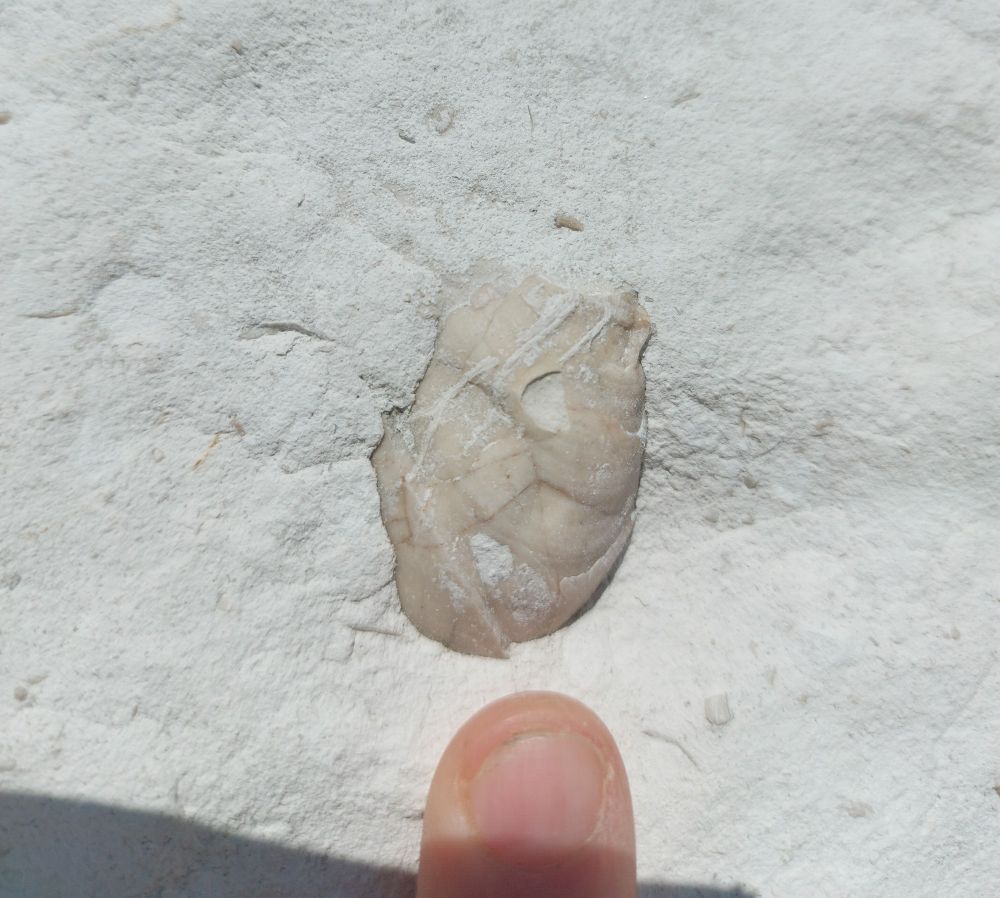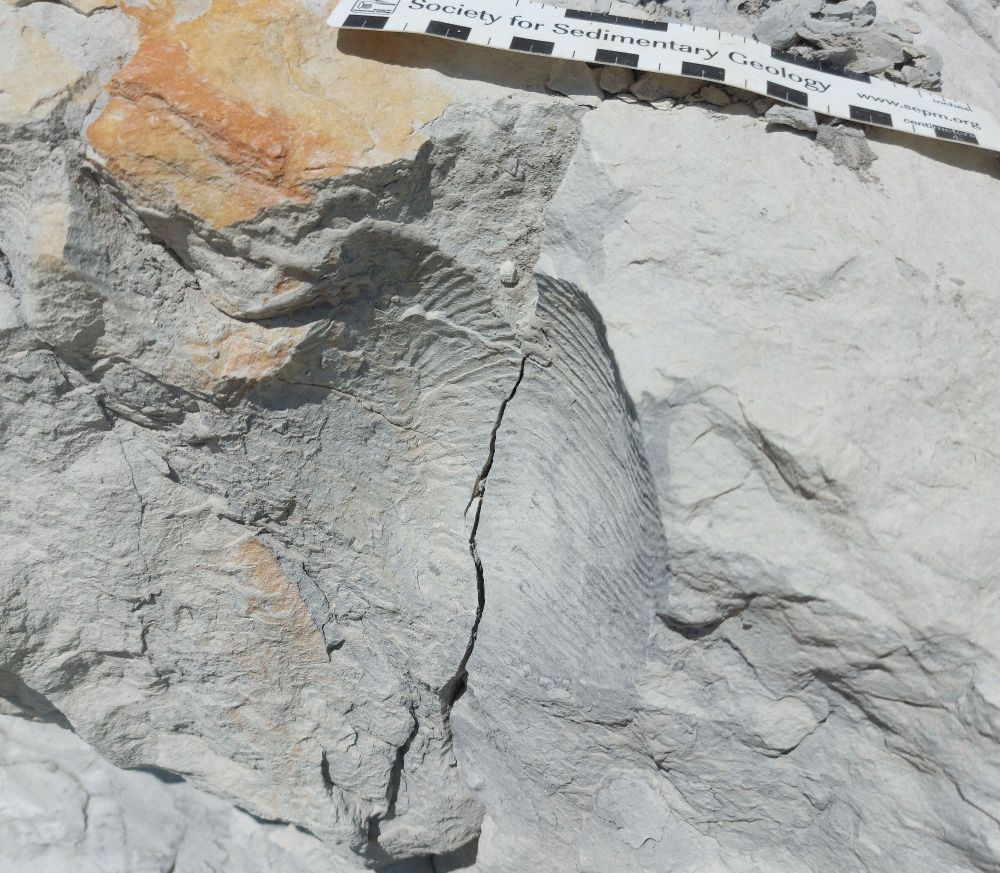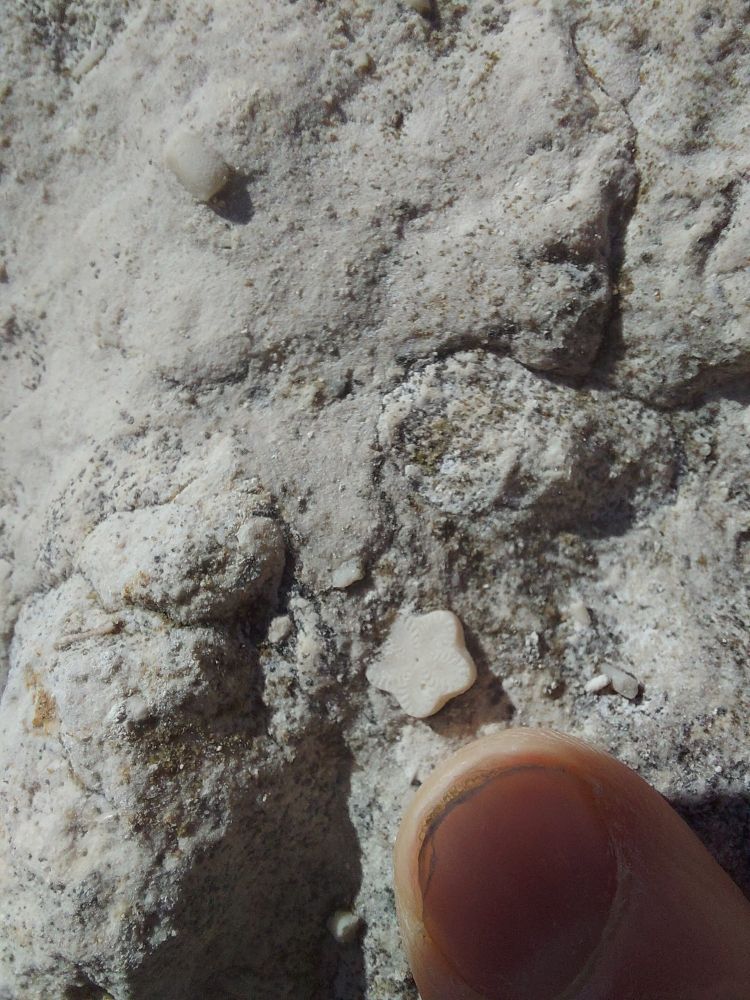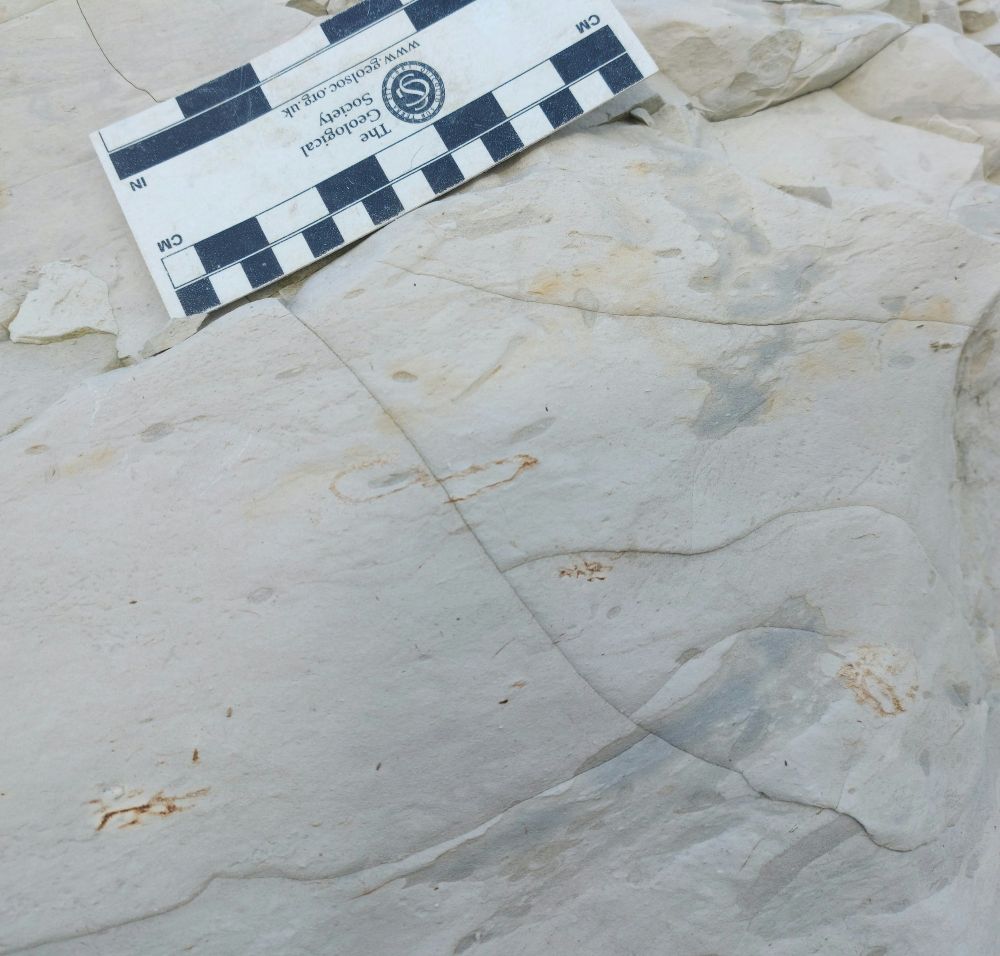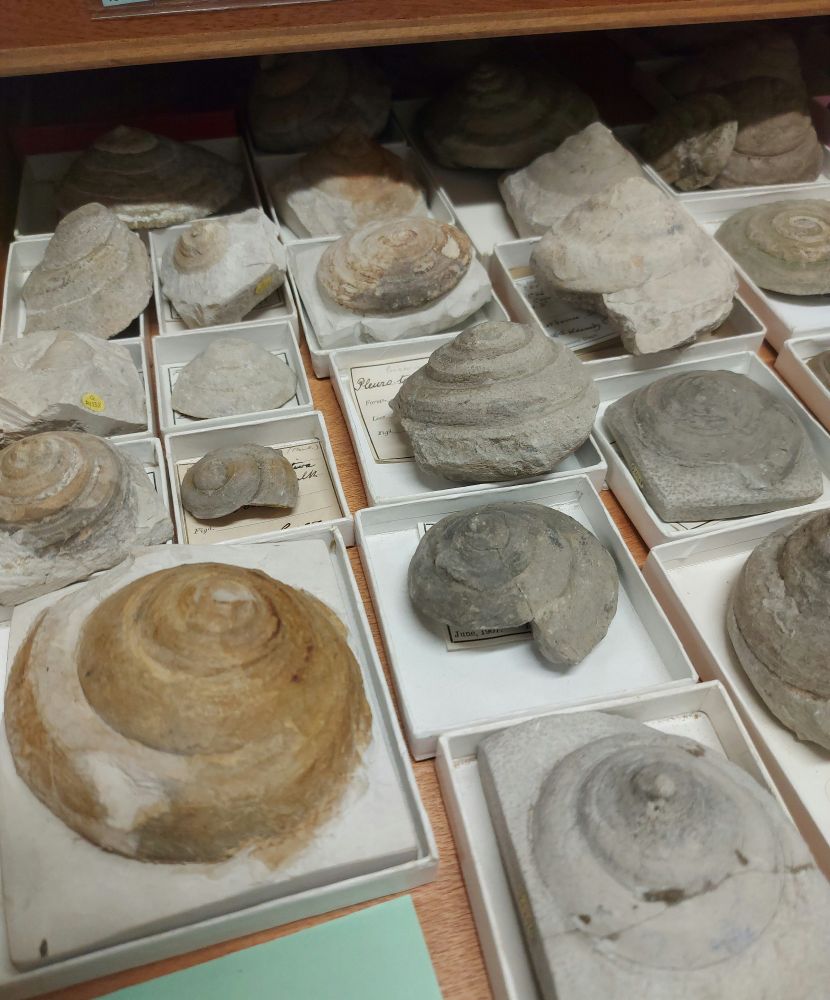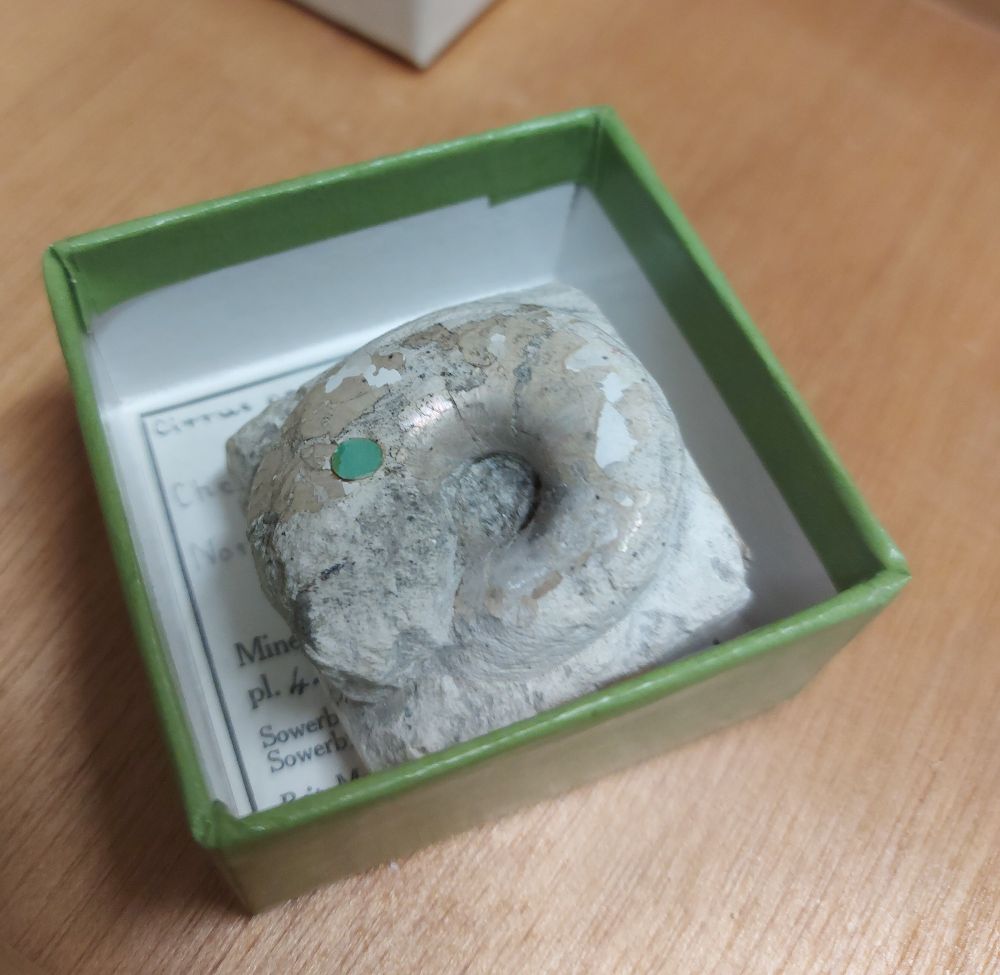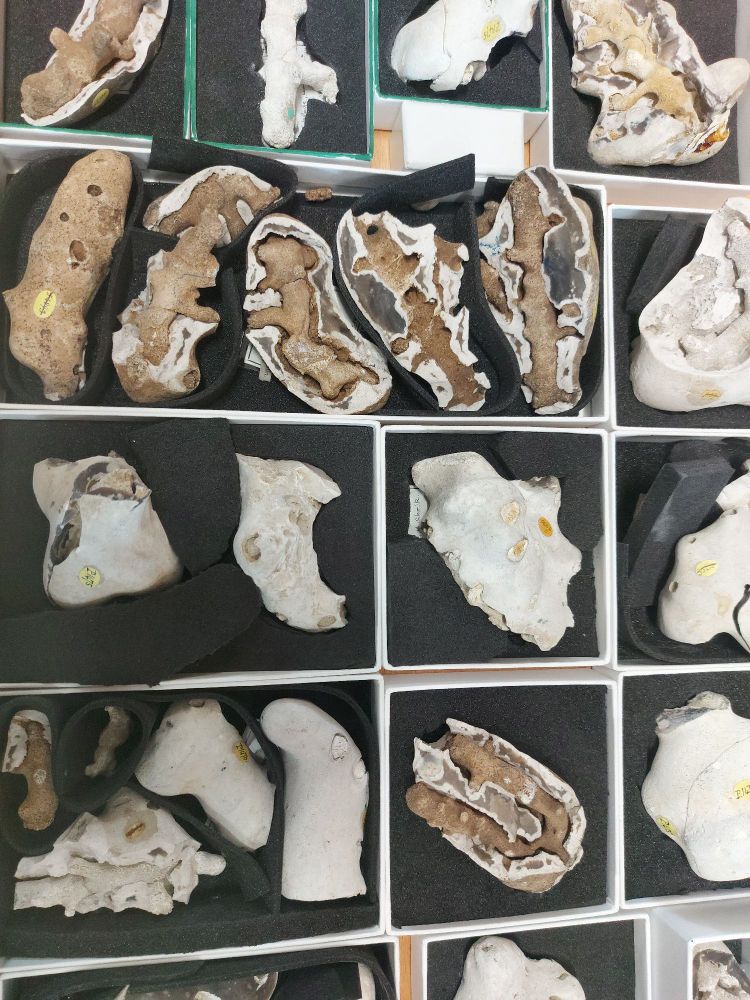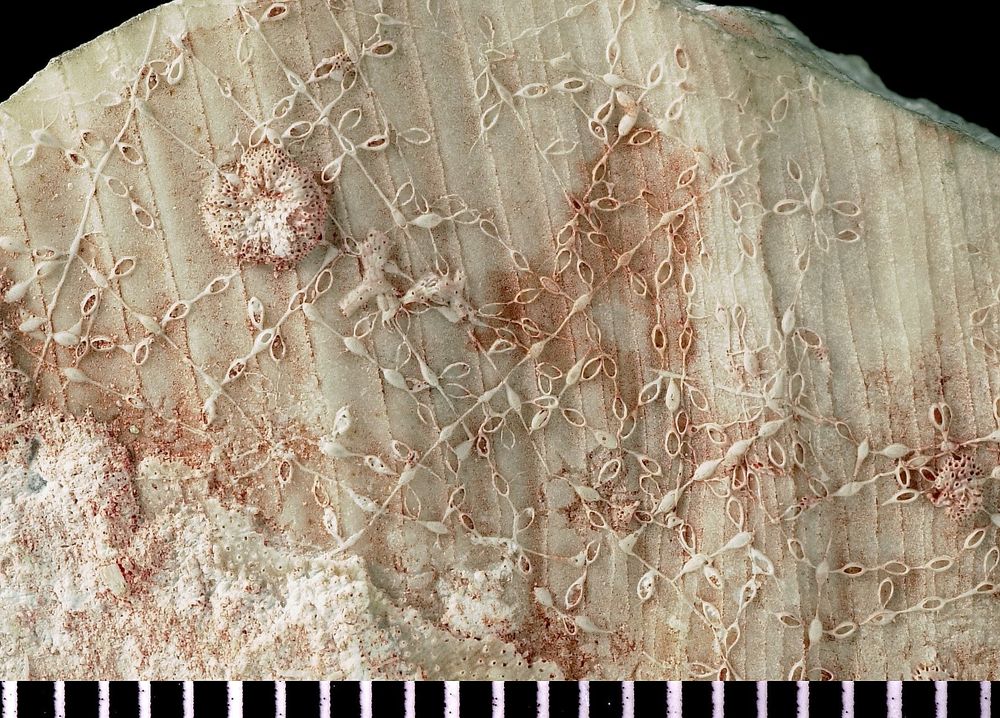ChaSE Project
@chalksea.bsky.social
220 followers
190 following
53 posts
Chalk Sea Ecosystems project, investigating marine ecosystem response to Cretaceous climate change. Funded by NERC, based at Natural History Museum, London and UCL. Account curated by Dr James Witts, NHM (@jdwitts.bsky.social). 🔗 chalksea.co.uk
Posts
Media
Videos
Starter Packs
Reposted by ChaSE Project
Reposted by ChaSE Project
Reposted by ChaSE Project
ChaSE Project
@chalksea.bsky.social
· Apr 4
Reposted by ChaSE Project
Reposted by ChaSE Project
ChaSE Project
@chalksea.bsky.social
· Dec 12




